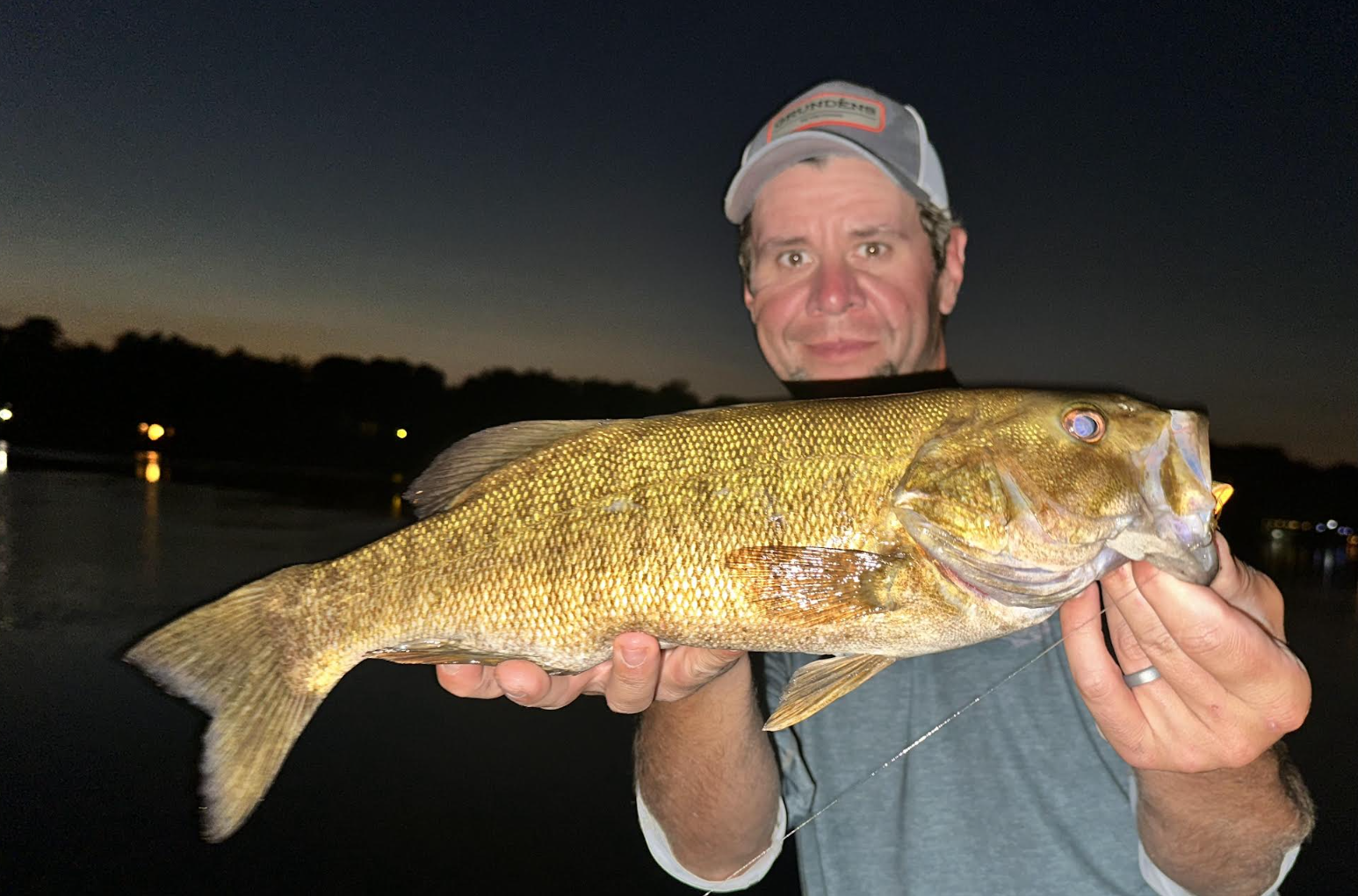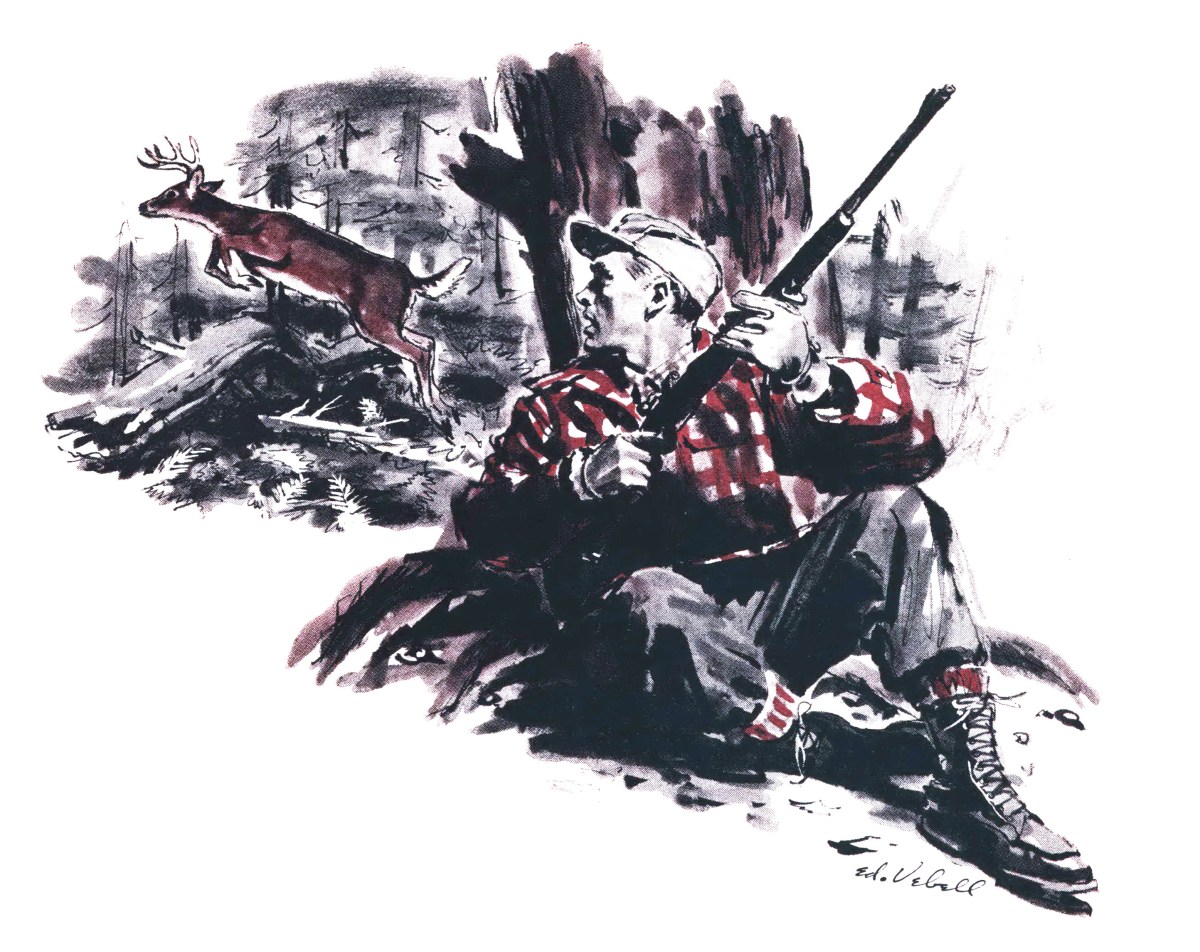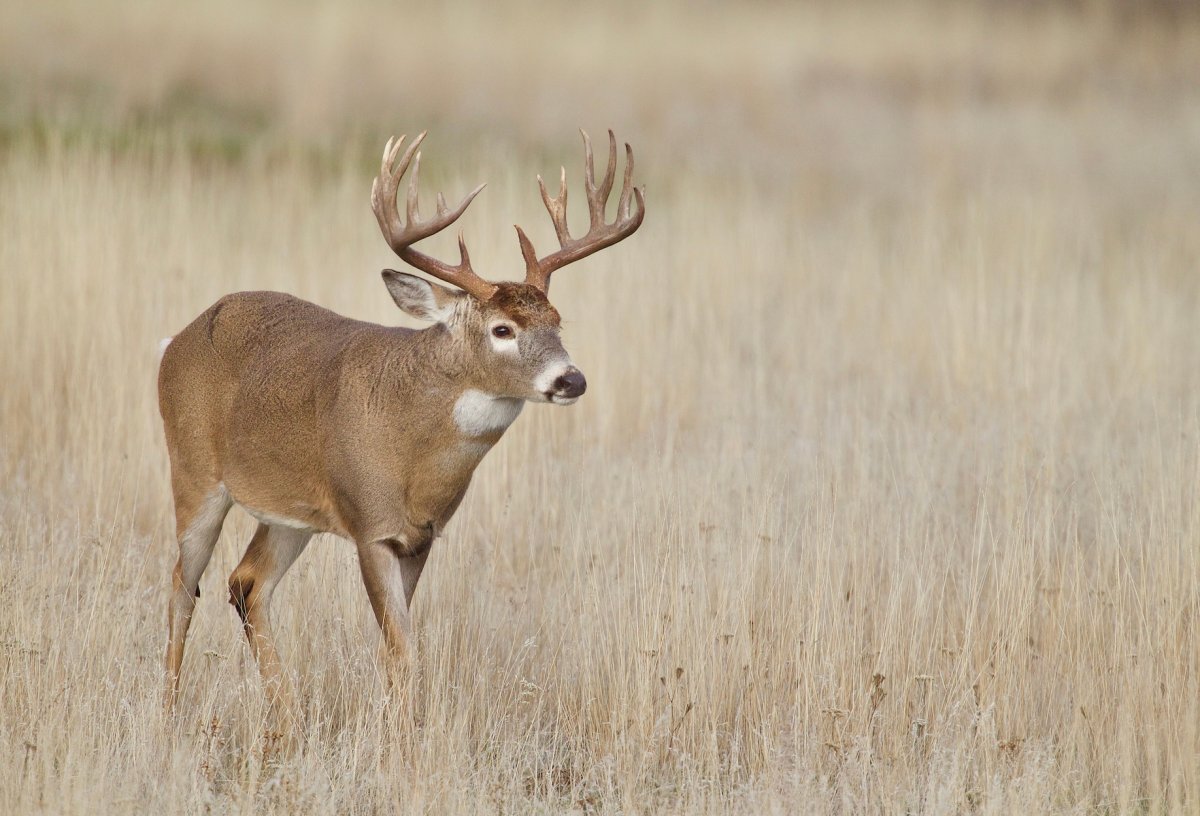Night Fishing Secrets: 4 Species You Should Be Targeting After Sunset This Summer

Catfish, walleyes, and striped bass are just a few fish with known reputations for nighttime feeding. In fact, at certain times of year, your best chance at hooking into a trophy-caliber specimen is after sundown. But they’re not the only popular gamefish that stalk prey in the dark. There’s a strong possibility that one of your favorite fish is eager to take a swing at night, but you’re too busy sleeping to give it the pitch.
Not only can action be hot and heavy during the midnight hour, but night fishing in late summer has other benefits. It’s a lot cooler for you, and a little cooler for the fish. This can make a fight less taxing, as the surface temperature drops a few degrees overnight. So, don’t be afraid of the dark. Before summer gives way to fall, try a night op for one of these popular daytime targets.
Largemouth & Smallmouth Bass
I don’t think largemouth bass biting at night is a big secret. If you’ve ever spent any time around a pond or on a lake after lights out in the heat of summer, you’ve likely heard blow ups in the pads or smacks on the surface. There are cults of anglers out there that throw everything from giant glide baits in the dark to waking classics like the Jitterbug (my personal favorite for late-night largemouths), which produces heart-stopping hits when its gentle gurgle is interrupted by a toilet flush. But fewer people, I believe, think of smallmouths as night hunters.
What many fail to remember is that during the summer months, smallmouths can get in tune with bug hatches and terrestrial insects as feverishly as trout. Dragonflies become a key food source on both lakes and rivers, and bug activity is usually strong right before the sun sets. That means when the last shred of daylight evaporates, smallmouths are often already looking up.
Though Jitterbugs and spook-style topwaters can be effective, I’ve had the best luck with poppers like the Booyah Boss and Hula Popper. These smallmouth lures feature extra-long synthetic and rubber tails that hang below them when they’re not in motion. I believe the bass recognize that tail as a drowned bug, because an effective retrieve is a minimal one. Just barely twitch the popper in place, advancing it very little, and work in a long pause before moving it again. Most of the time the fish hit when the popper is doing absolutely nothing.
Brown Trout
Throwing mouse-imitating flies for brown trout has gotten very popular over the last decade, so even fly anglers who don’t partake in night hunts are well aware of the nocturnal nature of large browns. Conventional anglers, I’ve found, are less in tune with browns switched into night mode. That’s a mistake.
By mid-summer, larger browns in pressured waters often hunker down until nightfall to feed. And why not? After sunset the buffet line on a river can have more options than it does when the sun is shining. You’ve got remnant aquatic insects falling from the sky, toads, frogs, and mice become more active by the water, and baitfish push to the shoreline for safety. The first key to success is understanding that browns often leave known daytime locations to hunt, and some of the best places to intercept them is in slower water with 2 to 3 feet of depth, though don’t rule out flats with even less water. I always joke that “junk water” by day is prime after dark.
If you’re using a spinning rod, one of the best lures is a classic Rebel Pop-R in the 2- to 3-inch range. What you don’t want to do, however, is pop it. Just cast slightly up current and reel slowly. All you want to create is a V wake on the surface while the lure’s tail wags behind it. Though the idea of a trout eating a mouse or toad is wild, the truth is nocturnal fish are not that discerning. If they see something swimming across the surface that looks like food and is easy to catch, they’ll take the shot.
Muskies
I wish I could report that I’ve hung a big muskie or two after dark, but that’s sadly not the case. It wasn’t for a lack of trying, though. I’ve just never had great luck with these fish, but many years ago when guide Steve Scepaniak in Minnesota mentioned that one of his favorite times to hit world-famous Lake Mille Lacs in summer was after dark, I couldn’t get there fast enough.
Read Next: Record Chaser Teams Up with Local Fishing Legend to Catch Pending World-Record Muskie
Like many well-known muskie lakes across the country, Mille Lacs gets a lot of pressure. Similar to what I’ve experienced with brown trout in pressured rivers, Scepaniak’s belief was that during peak fishing seasons, the heaviest muskies in the system laid low during the day and only went on the hunt at night after the din of outboards ripping around subsided. He had the photos to back up his theory, but unlike other species that often favor different locations after dark, Scepaniak focused on known daytime haunts like deep weed edges and rocky points.
Although you might be robbed of the stunning visual, topwater lures like a Whopper Plopper that emit a rhythmic sound the fish can follow are top producers. Despite my lack of success, I personally found it relaxing. If I can’t see a follow, I can’t goof the figure 8, so I spent the entire night waiting for the rod to load up. Maybe it will next time.
Read the full article here









